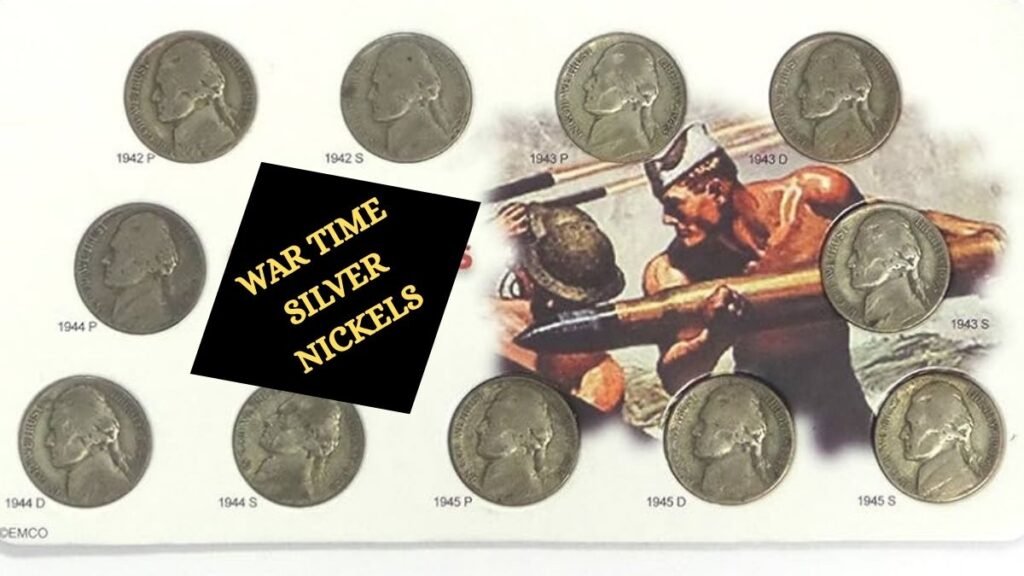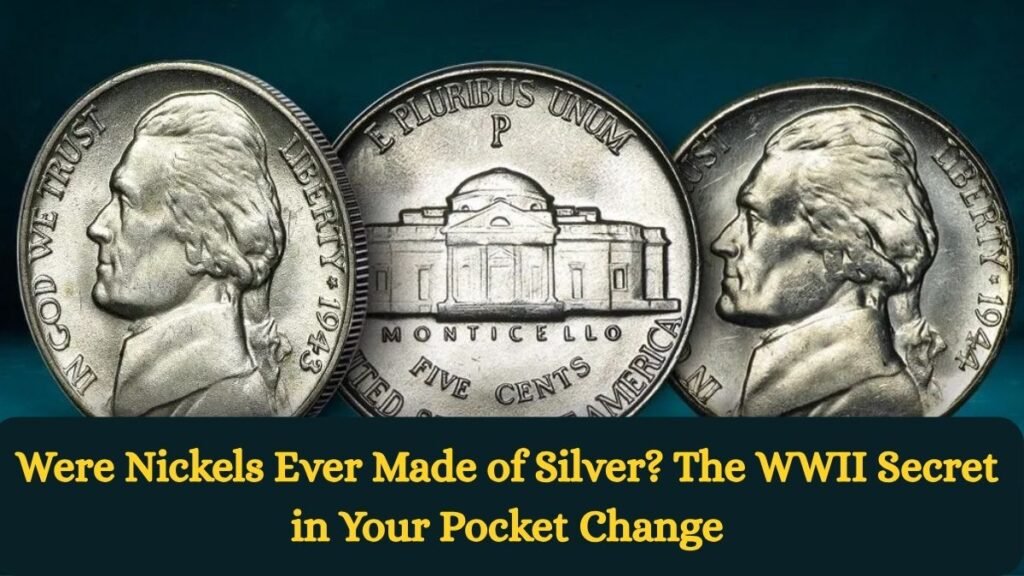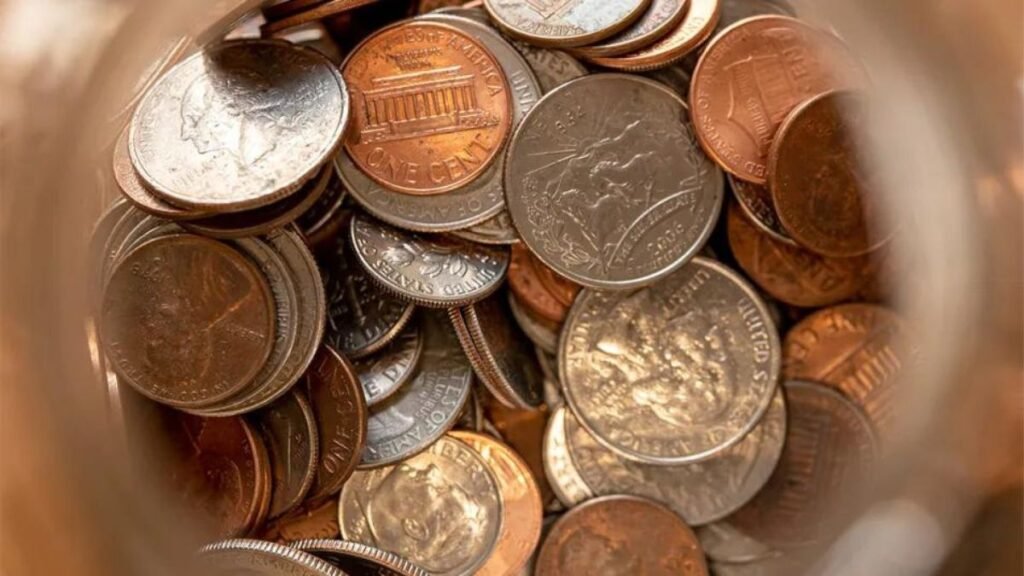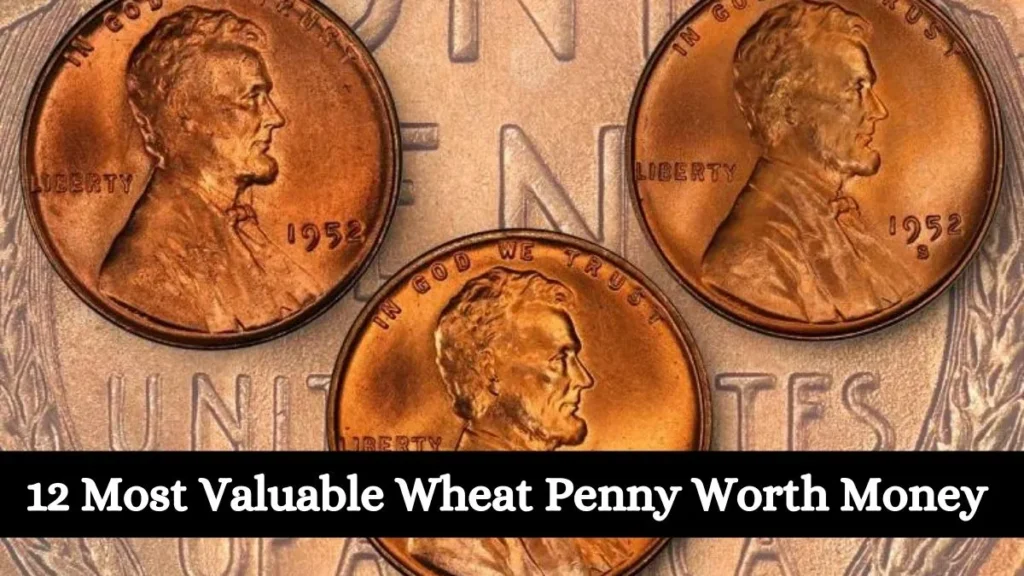You’ve probably dug through a handful of change and wondered: “Were nickels ever made of silver?” It sounds like a trick question.
Today’s nickels are a dull blend of copper and nickel – but hidden in their history lies a wartime secret that transformed the humble 5-cent coin into a silver carrier. Let’s unravel this numismatic mystery.
First Things First: What’s a “Nickel” Anyway?
We call modern 5-cent coins “nickels” because of their 25% nickel content. But this wasn’t America’s original small-value workhorse. Before 1866, we used the half dime – a tiny, silver coin worth five cents:
- Composition: 90% silver, 10% copper
- Size: Smaller than today’s dimes!
- Lifespan: Minted from 1794 until 1873
These were true silver coins – but technically, they weren’t “nickels.” The nickel as we know it was born from Civil War chaos when people hoarded silver coins.
The solution? A cheaper, base-metal alternative: the Shield Nickel (1866–1883), made of copper-nickel.
So when did actual nickels contain silver? Only under extraordinary circumstances…
RELATED Wheat Penny Key Dates and Errors Every Collector Should Know
The Silver Savior: World War II’s “War Nickels”

Nickel metal became critical overnight when WWII erupted. It was essential for:
- Armor plating on tanks and ships
- Aircraft engines
- Artillery components
By 1942, the U.S. Mint faced a crisis. With nickel stockpiles dwindling, they made a radical pivot.
The Great Composition Shift (1942–1945)
In October 1942, the Mint quietly changed the recipe:
| Component | Pre-1942 Nickel | War Nickel (1942–1945) |
|---|---|---|
| Copper | 75% | 56% |
| Nickel | 25% | 0% |
| Silver | 0% | 35% |
| Manganese | 0% | 9% |
Why manganese? It maintained the coin’s weight (5 grams) and provided necessary hardness since silver is softer than nickel.
Spotting a Silver Nickel: Your Detective Toolkit

Not every 1942–1945 nickel contains silver! The Mint produced both types in 1942. Here’s how to identify the valuable ones:
- Check the Reverse (Back):
- Look above Monticello’s dome.
- A large mint mark (P, D, or S) = SILVER.
- Fun fact: This was the FIRST time Philadelphia coins (“P”) carried a mint mark!
- Date Matters:
- 1943–1945: All silver.
- 1942: Only those with mint marks (no mark = no silver).
- Magnetism Test:
- Modern nickels (25% nickel) stick to magnets.
- War Nickels (35% silver) do not.
Value Today: More Than Pocket Change
Over 870 million War Nickels were struck – but they’re still worth hunting:
- Silver Value (2024): Each contains 0.05626 oz of silver. At $30/oz silver, that’s ≈ $1.68 per coin – 33x face value!
- Collector Premiums:
- Common circulated dates: $1.50–$3
- Uncirculated specimens: $5–$15
- Key dates (e.g., 1943-P 3/2 Overdate): $100+
Coin dealer tip: “War Nickels are the most affordable U.S. silver coins,” says numismatist John Brush. “They’re a perfect entry point for new collectors.”
Why Not Go Back to Silver?
Post-1945, the Mint reverted to copper-nickel for practicality:
- Silver prices rose dramatically (making coins too expensive to produce).
- Nickel supplies stabilized after the war.
- Today’s nickels cost 7.5¢ each to make – imagine losses with silver!
The Grand Irony: “Nickels” Without Nickel
War Nickels hold a unique distinction: they’re the only U.S. coins called “nickels” that contained ZERO nickel! Their name persisted purely out of habit.
Parting Thought: Check Your Jar!
So, were nickels ever made of silver? Yes – but only during WWII, and only if they have that telltale mint mark. These coins are living history: tiny metal soldiers that served on the home front.
Next time you get a nickel in change, glance at the date. That 1944-P hiding behind a gum wrapper? It’s 35% silver – a ghost from an era when pocket change helped win a war.
“Every War Nickel is a tangible piece of the Greatest Generation’s sacrifice. They turned pocket change into patriotism.” – David Stone, U.S. Coin Expert



